1. Diocletian’s Palace
Split town and its palm tree fringed Riva waterfront are centered around the ruins of the Roman Emperor Diocletian’s Palace. The ruins are probably the best preserved of Roman Palaces in existence, which makes this UNESCO World Heritage Site an even bigger draw to tourists and history buffs alike. Diocletian commissioned the Palace as his retirement home, and he took up residence here from when he abdicated the Emperor title in 305 AD till his eventual suicide in 311 AD. The Palace is far from a boring museum – it is very much a fully functioning and living complex – with restaurants, cafes, bars and souvenir stalls sharing space with hotels and residential quarters alike.
The narrow alleyways of the Palace complex are a trove of ancient historical treasures – from the colonnaded peristyle center, and the temple of Jupiter, to the open domed vestibule and multitude of artifacts such as sphinxes brought over from Egypt. Diocletian was the Roman Emperor to inflict the most severe persecution of Christians starting 303 AD, so its a twist of irony that the Christian church of St Domnius was later built on top of his mausoleum.
We spent the better part of the day meandering though the cobble stoned alleyways of the Palace, soaking in the centuries of history that reside in the ruins.
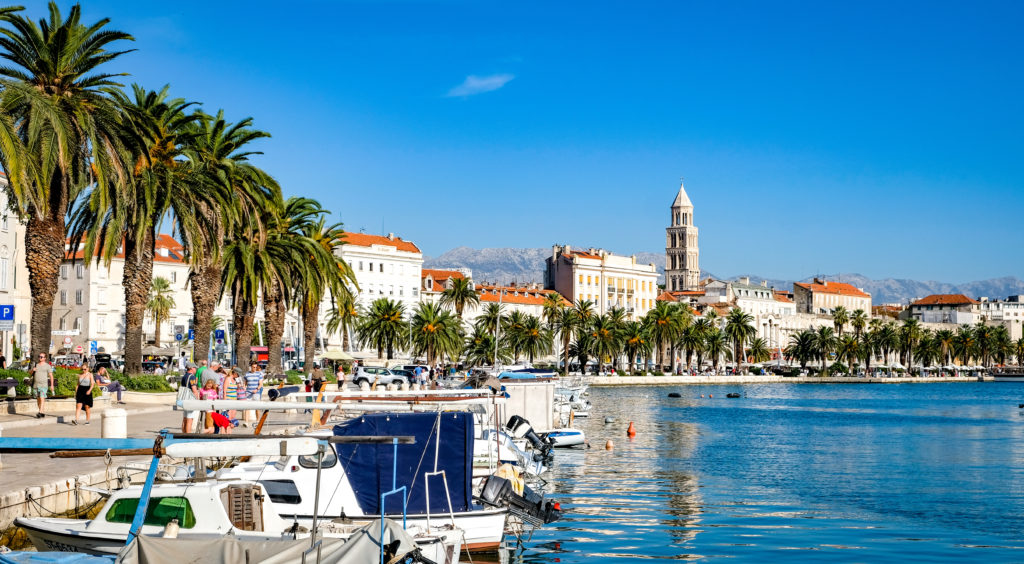
Views of the Riva waterfront and Diocletian’s Palace from the Split harbor
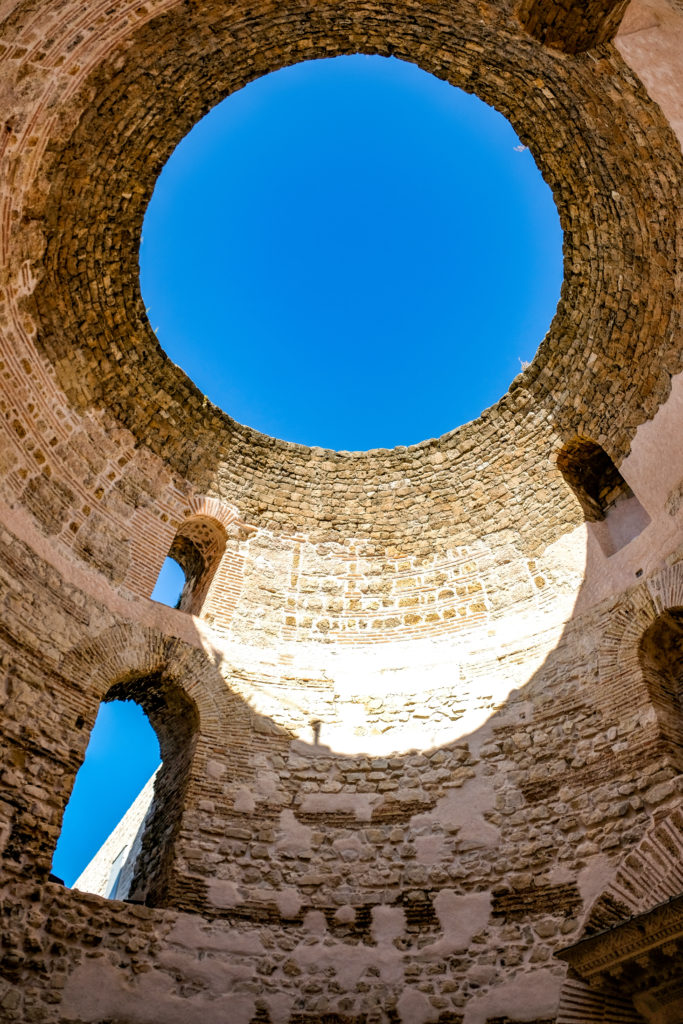
The stunning open ceiling of the Vestibule within Diocletian’s Palace
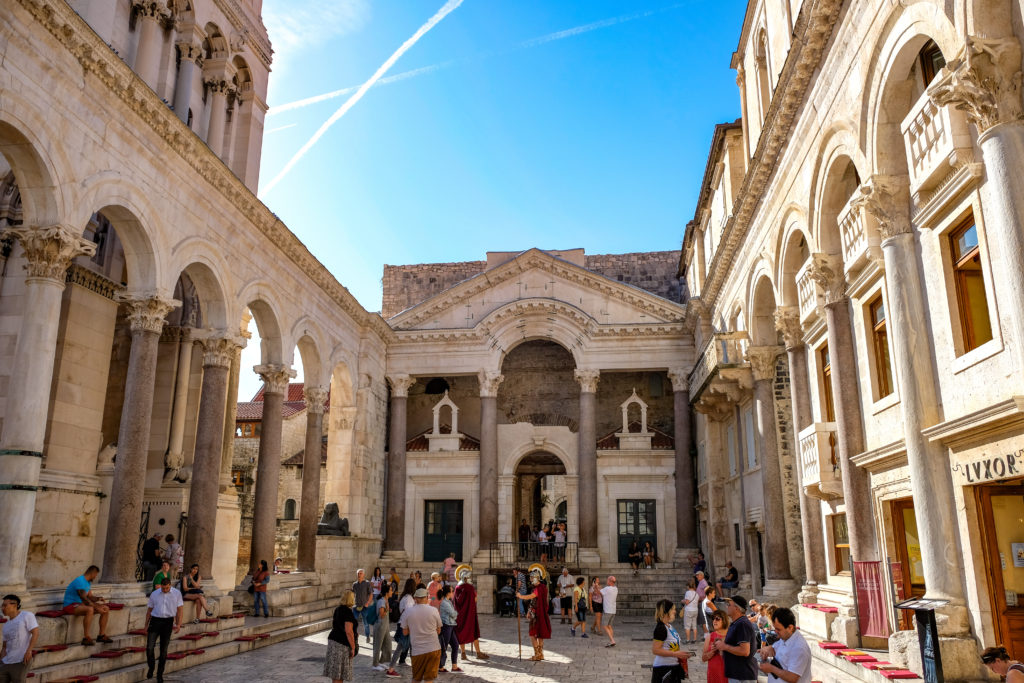
Not much has changed in the Peristyle since ancient times
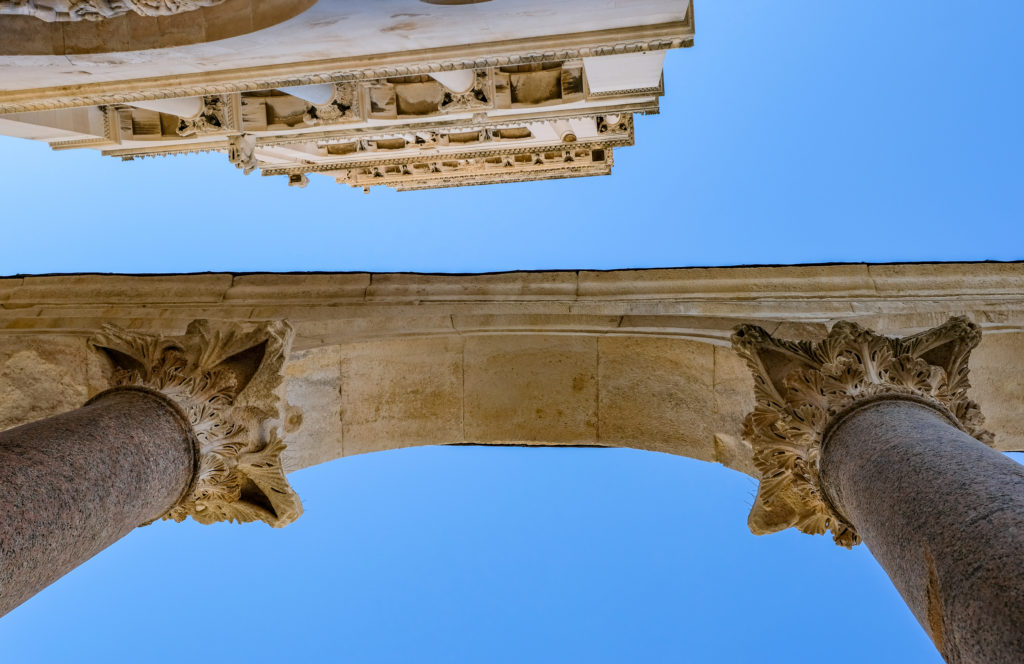
A couple of the massive marble pillars in the Peristyle
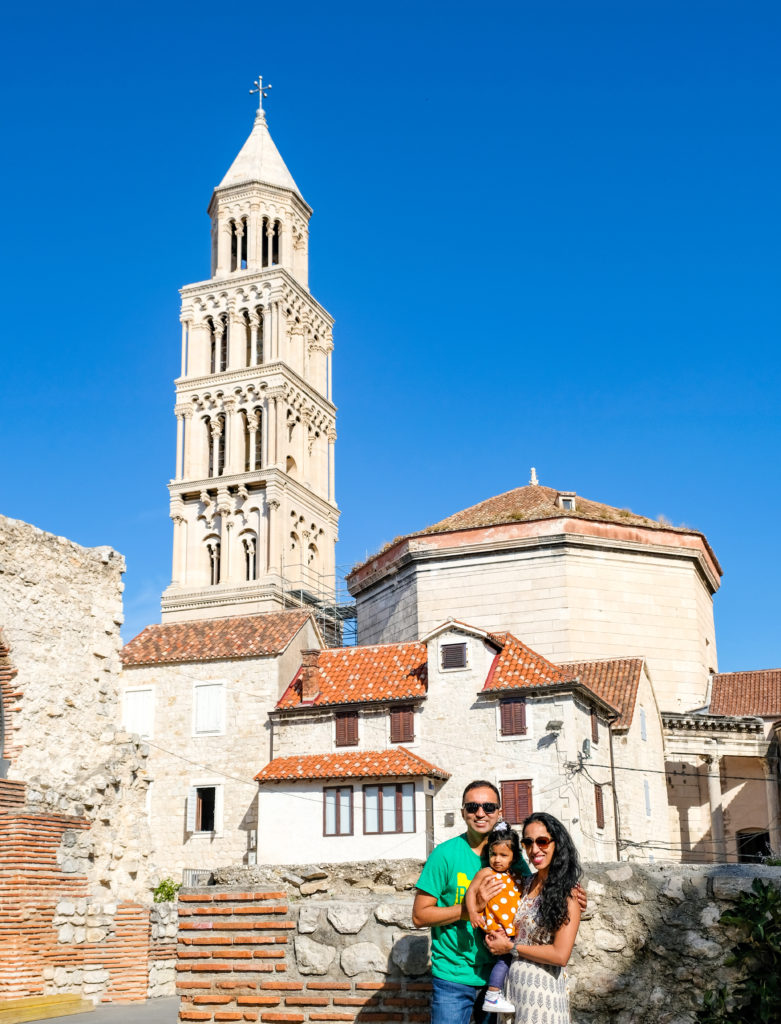
The tower of St Domnius church is iconic of the Palace and Split skyline
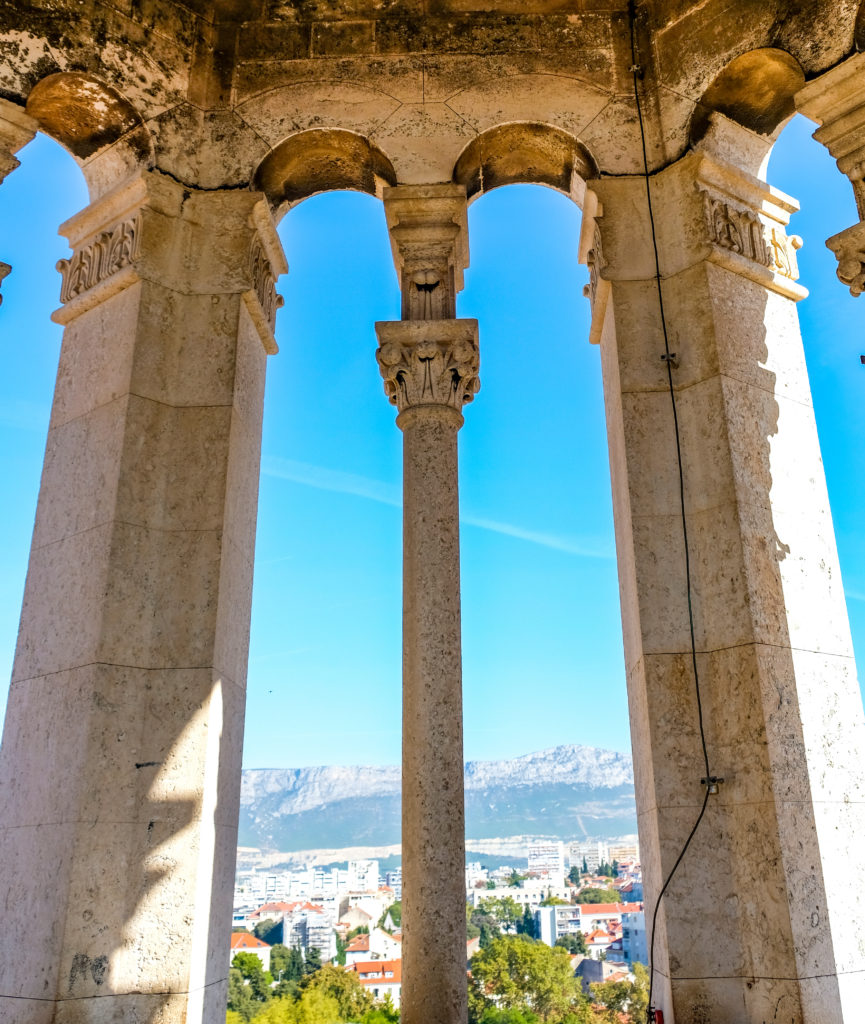
Split town views from the viewing platform of the St. Domnius church tower
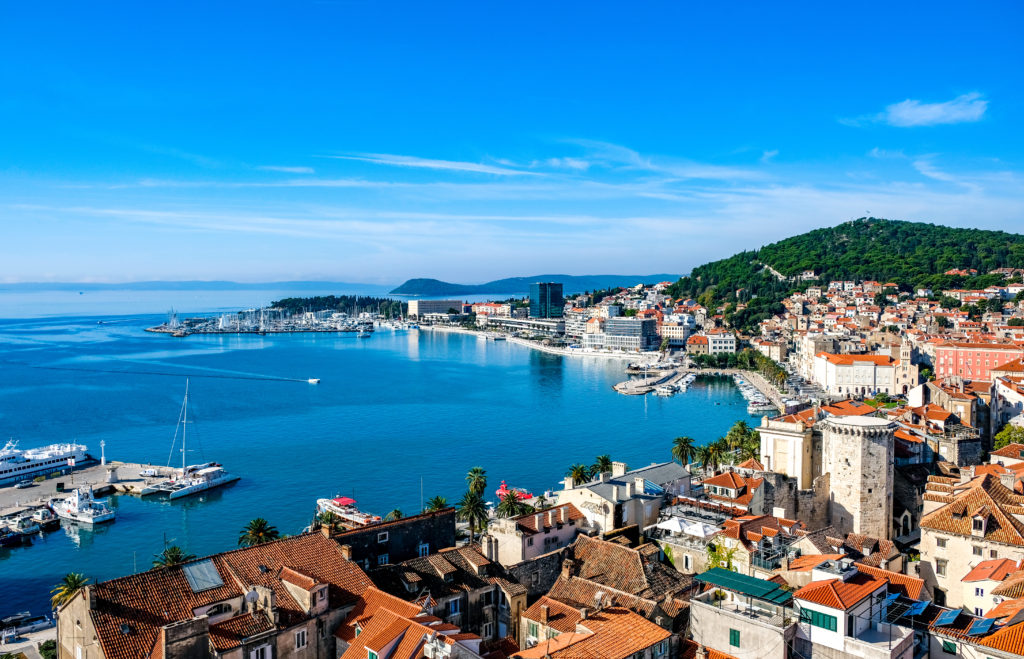
Birds eye view of Split Harbour from atop bell tower of St Domnius Church
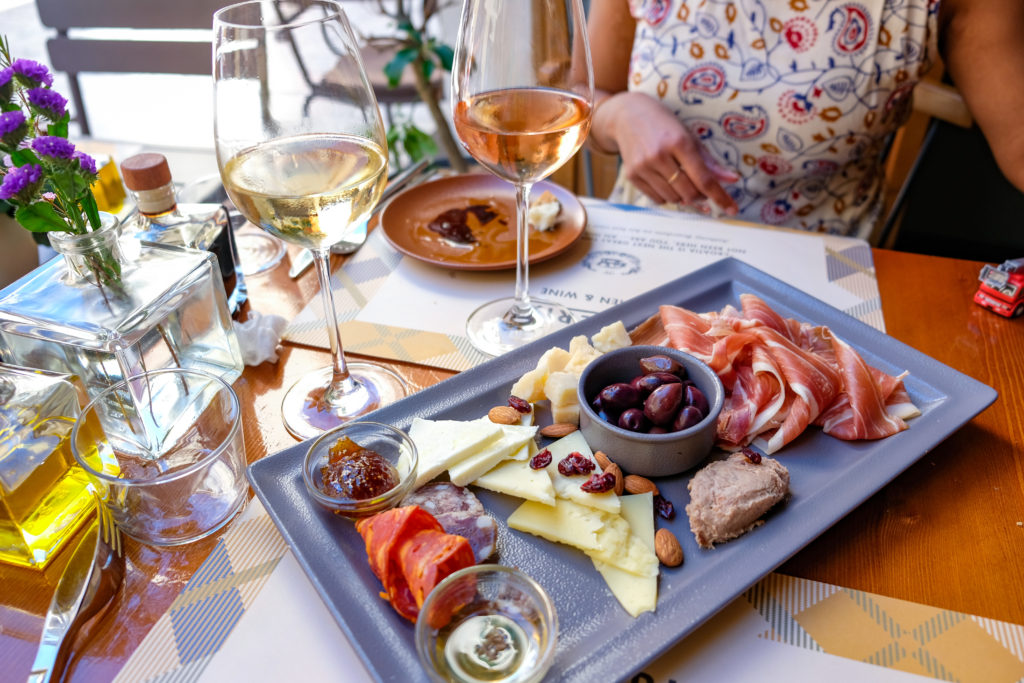
We sat down to an amazing lunch at Bokeria Restaurant within the Palace complex
2. Marjan Hill Forest Park
After spending the first half of the day immersing ourselves in history at Diocletian’s Palace, we took a short break back at our AirBnB then decided to hike up Marjan Hill for a change of scenery. This nature retreat is a great way to enjoy some greenery right in the center of Split town, as well as to take in some stunning views of the red tiled city skyline and blue harbor waters. But all that comes at a cost – stairs, stairs, and lots more stairs to climb! Thankfully our trusty Nuna baby carrier came in handy and Baby A definitely enjoyed outsourcing the climbing and instead savoring the sights from her vantage point up on my shoulders.
Once we reached to top of the hill, we were a bit disappointed that there weren’t any grassy areas for Baby A to run around in. But we then came upon a small children’s play area and A was soon a happy camper. On our way back down the sun was starting to set, and the views of Split looked even more stunning in the soft evening light.
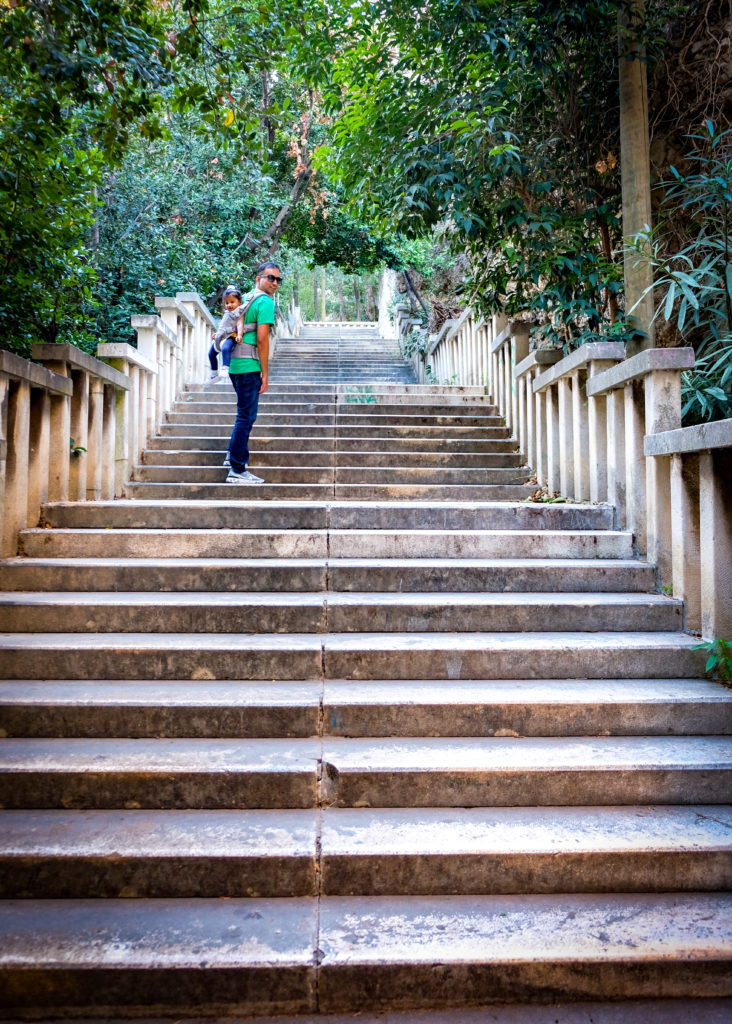
Never ending stairs
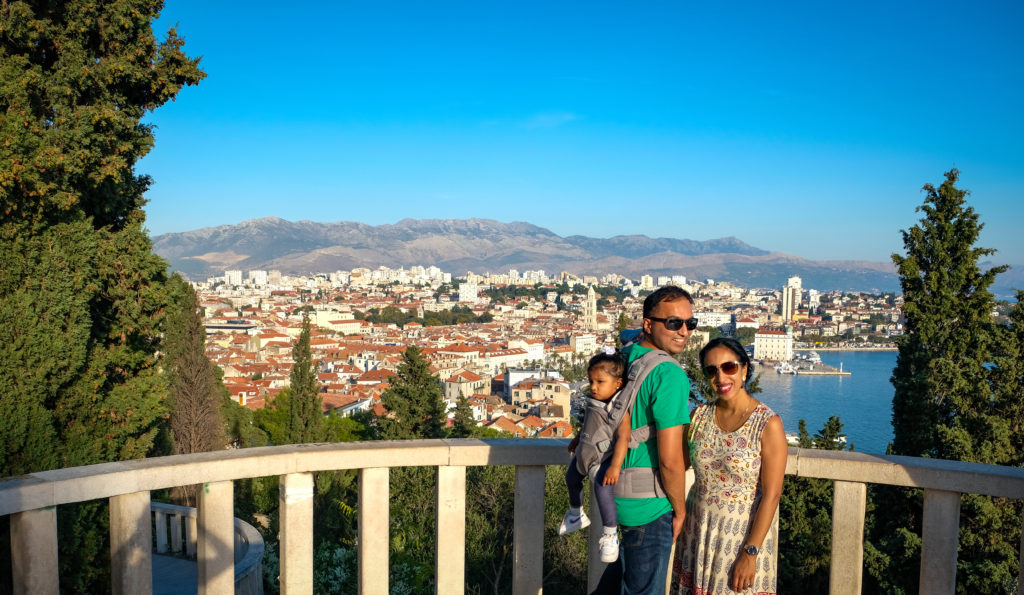
Baby A hanging out while we take in the sweeping views of Split Town from the viewpoint atop Marjan hill
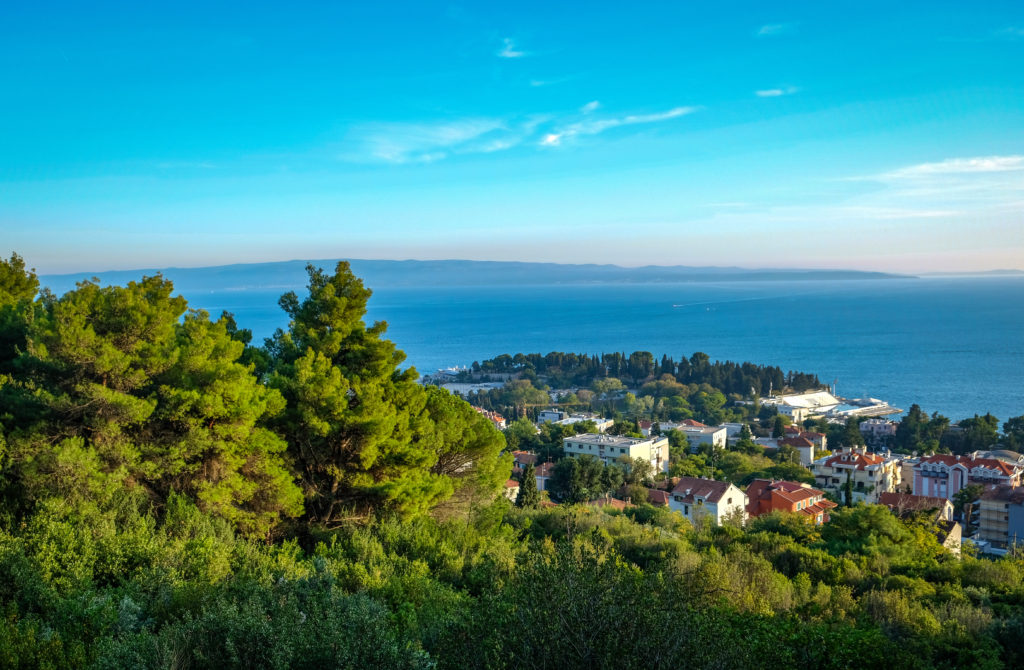
More views of seaside houses by the Adriatic Sea as we continued our climb into Marjan
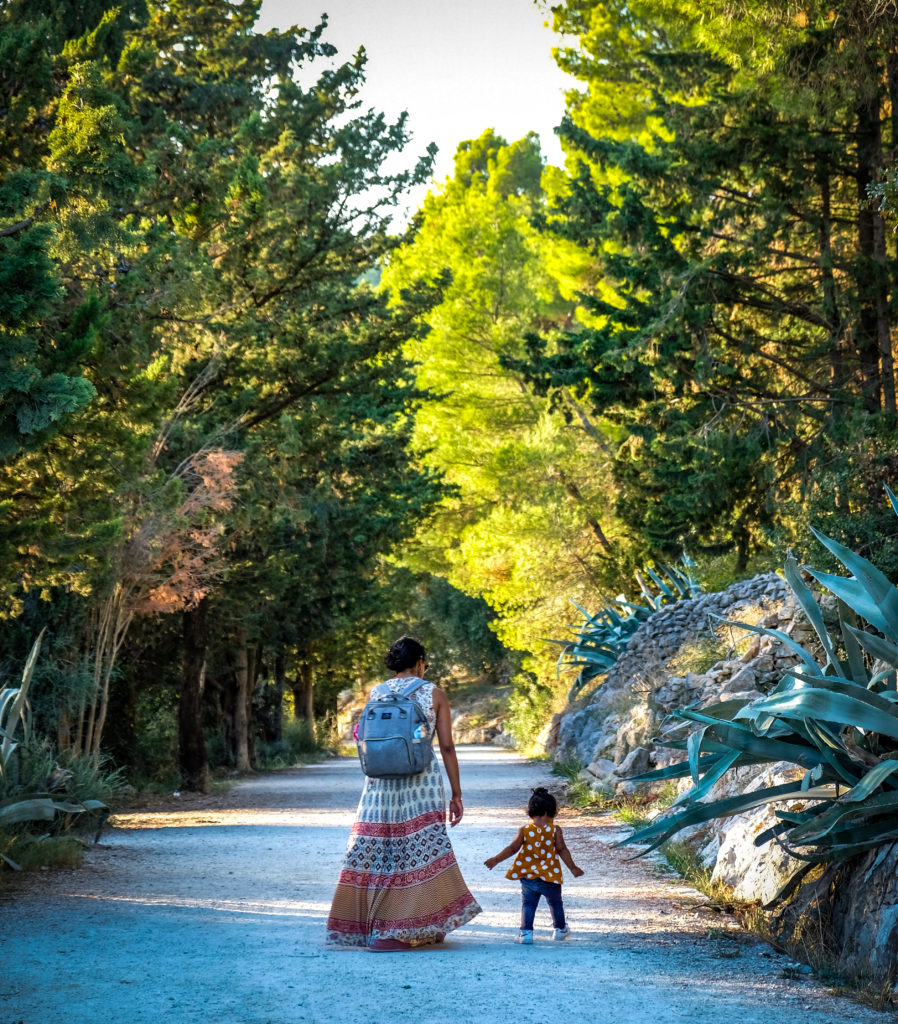
Off on a quest searching for play areas
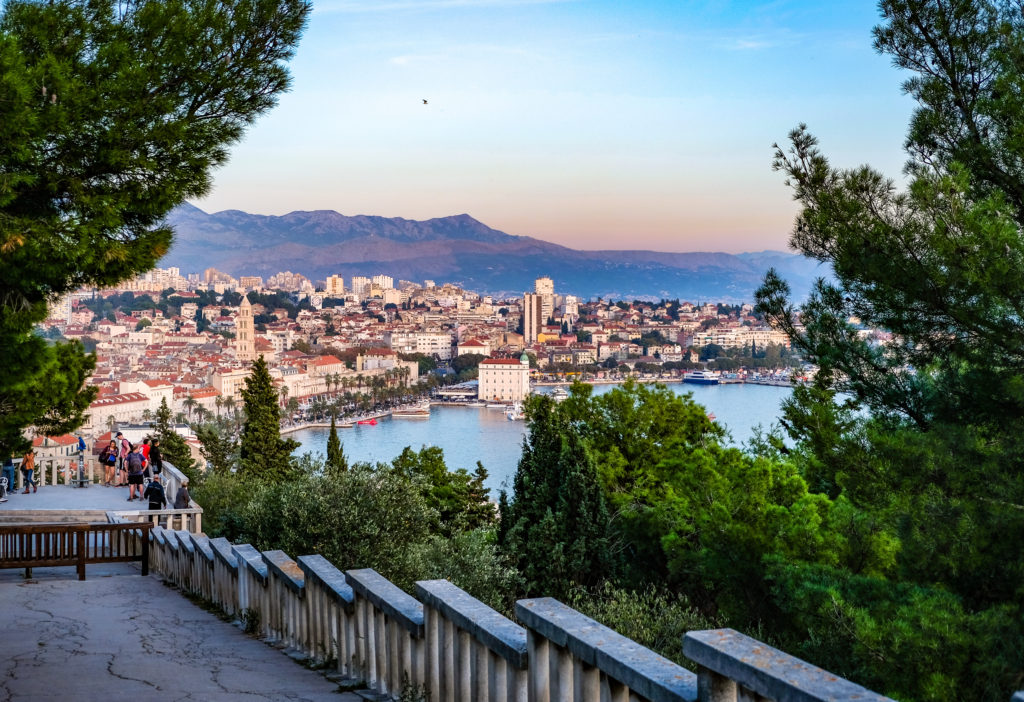
Split skyline in the dusk light
3. Hvar Island
The tiny island of Hvar is just a short ferry ride away from Split and is a great place to explore one of the numerous Croatian islands that dot the Adriatic Sea. We took the morning ferry into Hvar, and after docking in the picturesque harbor started immediately up to the summit of Hvar Fortress. Also know as Fortica Spanjola, this early 16th century fortress offers stunning views overlooking Hvar town center and the Pakleni islands in the distance.
After exploring the fortress we made our winding way down back to the town square. The tower of St Stephen’s Church stands out over the red bricked roofs of the main square and makes for a great starting point from which to tour the compact historic center.
Hvar fits the bill for the prototypical Dalmatian Coast town – red brick roofed whitewash walled houses framed by limestone hills on one side and the glassy green waters of the Adriatic Sea across the palm tree lined waterfront on the other. Hvar has a reputation as party town central during the summer, but since we visited off-season, the crowds were absent and we had most sights to ourselves. The only downside though – a bunch of the restaurants we were hoping to try were closed since they were done for the season.
After lunch, we took a water taxi to the nearby Pakleni islands for some beach time. Once we reached Jerolim beach through the shaded pine grove walking path, we found that it was a pebble beach and not the sandy one we had hoped to find. Another unexpected discovery was that Jerolim is a functioning nudist beach, clothing optional!
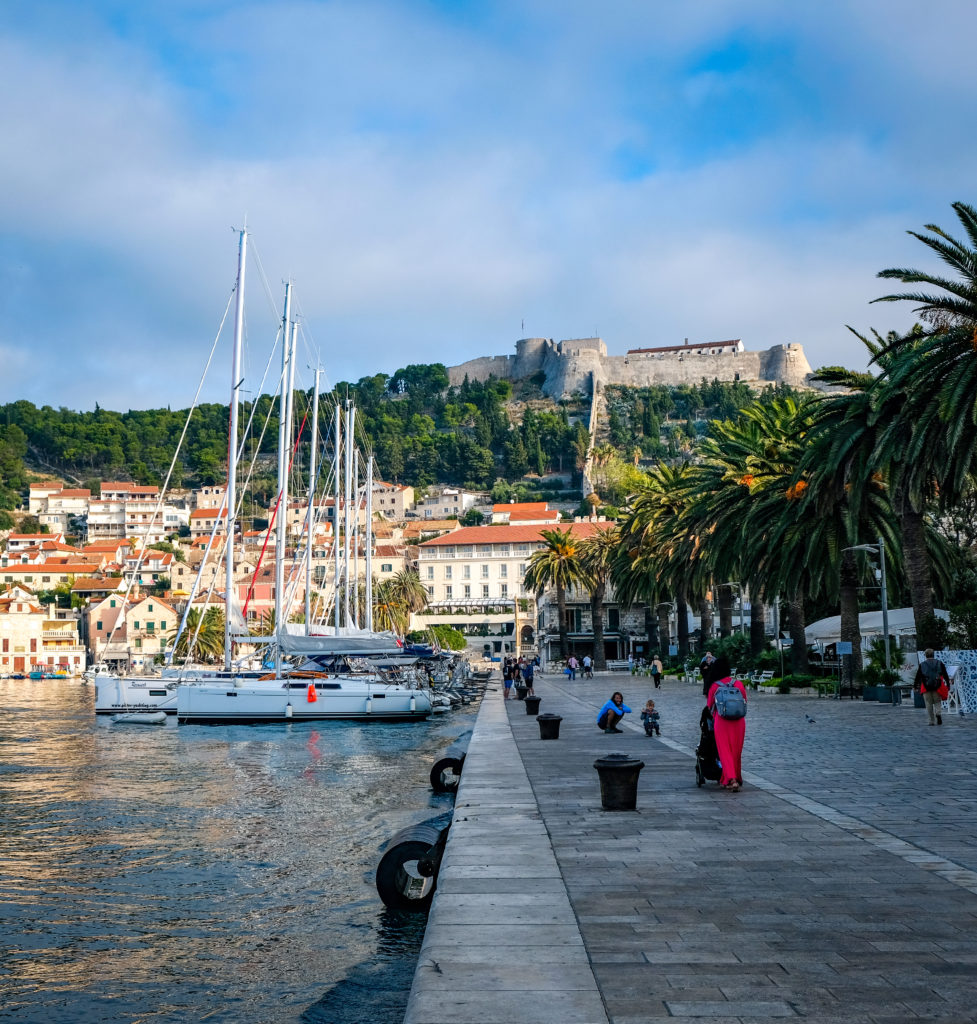
Hvar waterfront with the Fortress up in the background
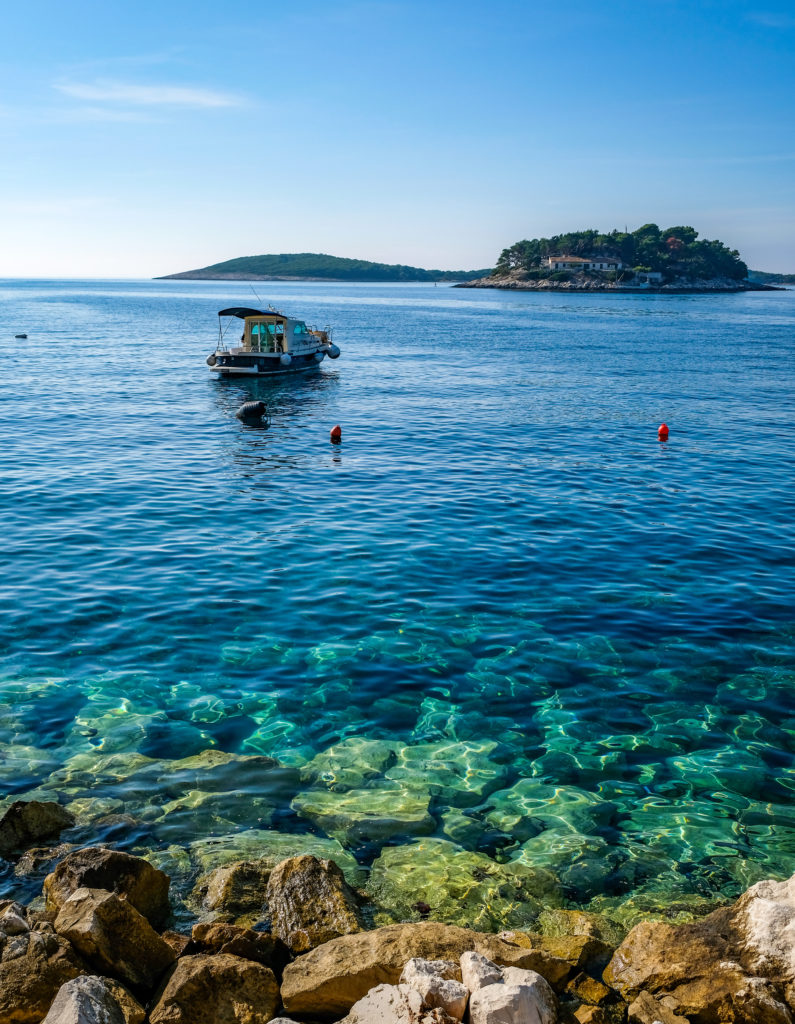
Unreal hues of the clear Adriatic Sea waters along the Hvar waterfront
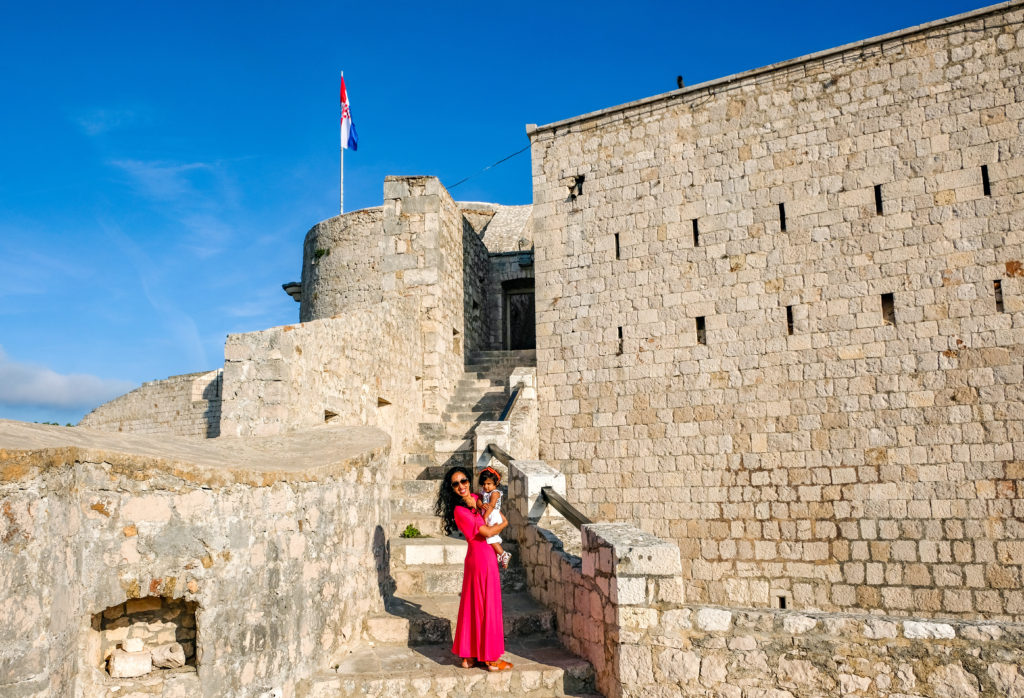
We started our tour of Hvar from the top of the Fortress
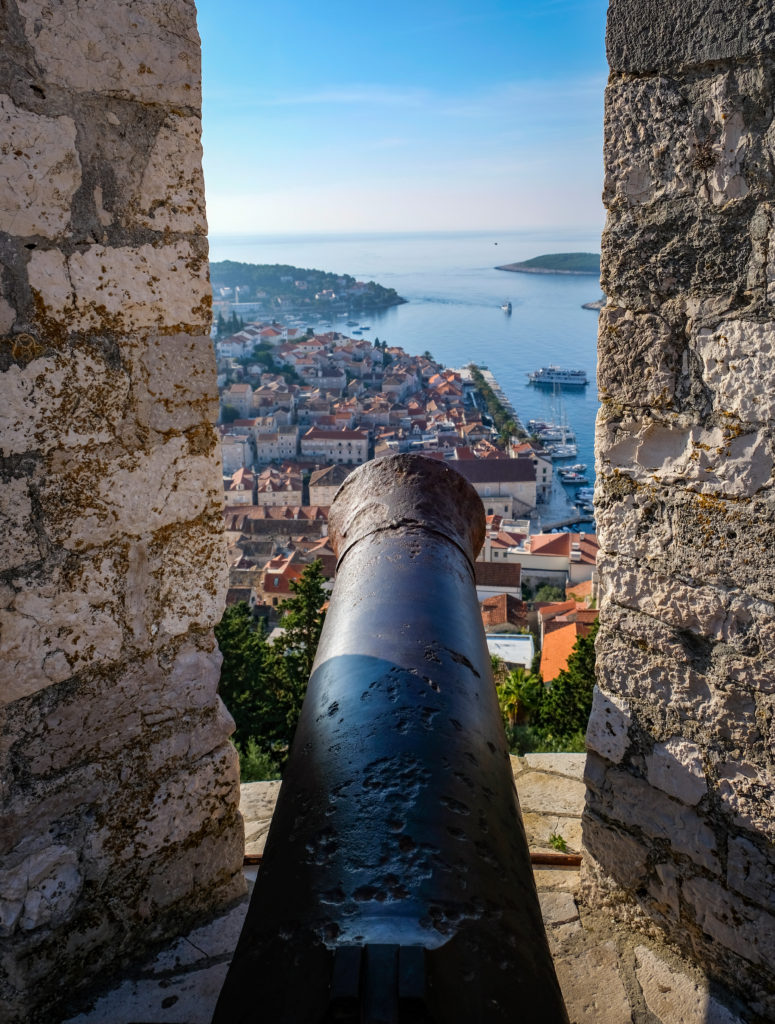
Old cannons along the ramparts are a reminder of the Fortress’s main purpose back in the day
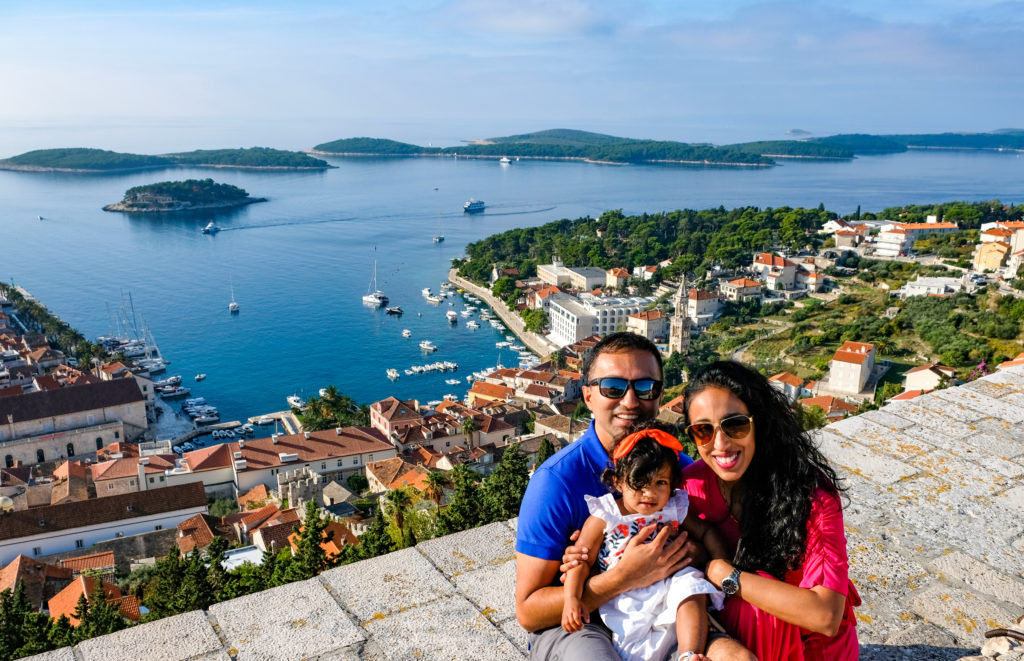
Panoramic views of Hvar and the Pakleni Islands from atop the Fortica
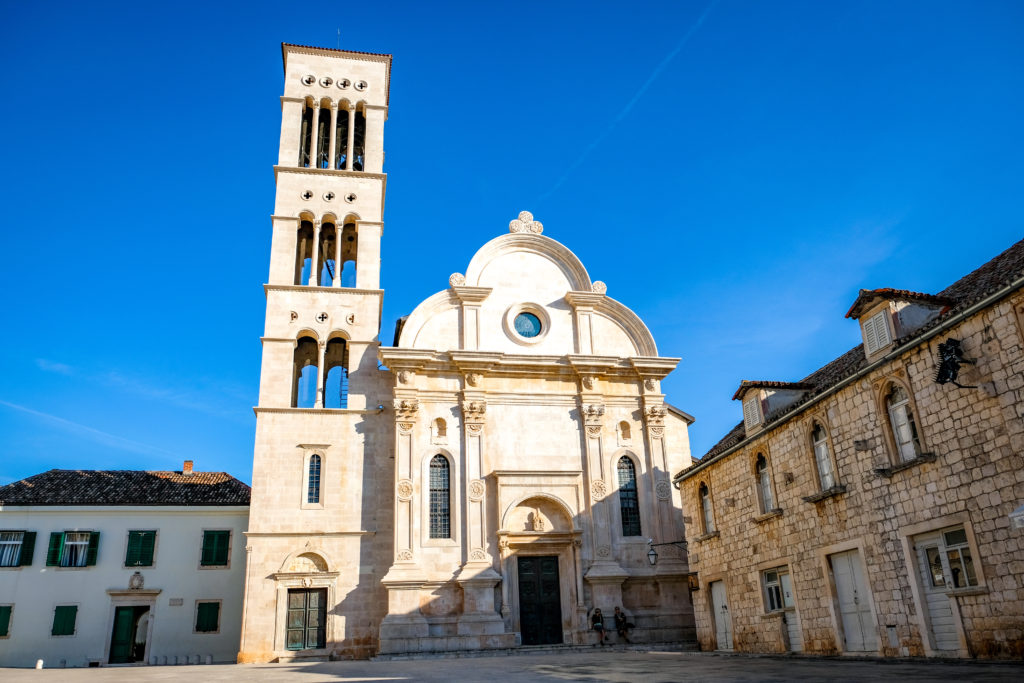
St Stephen’s Church towering over the main town square
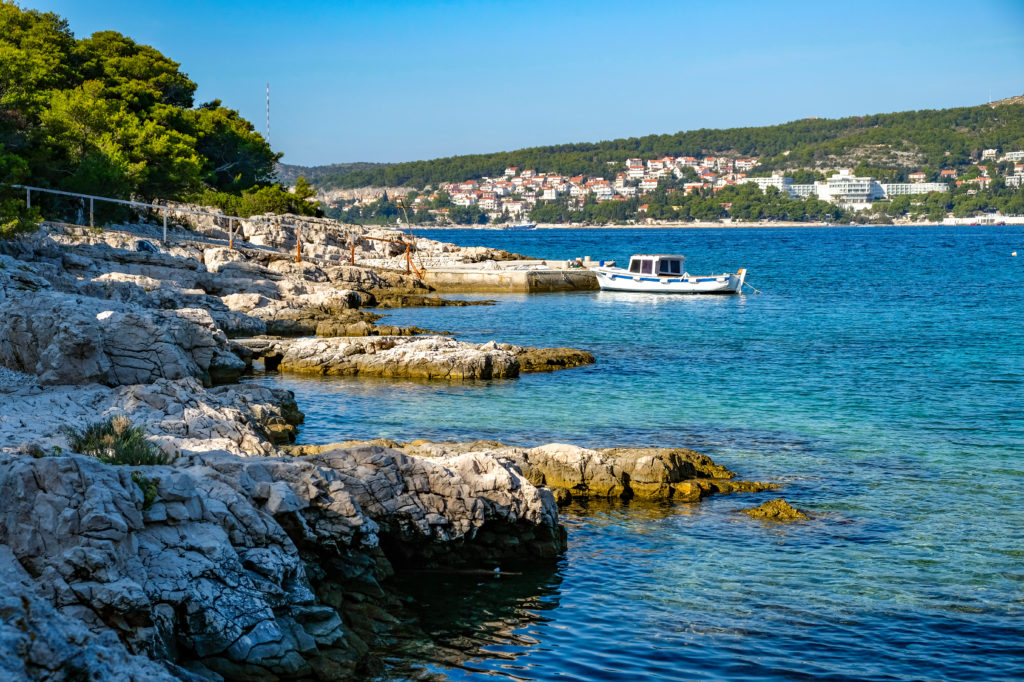
Amazingly clear and shallow waters surrounding Pakleni island
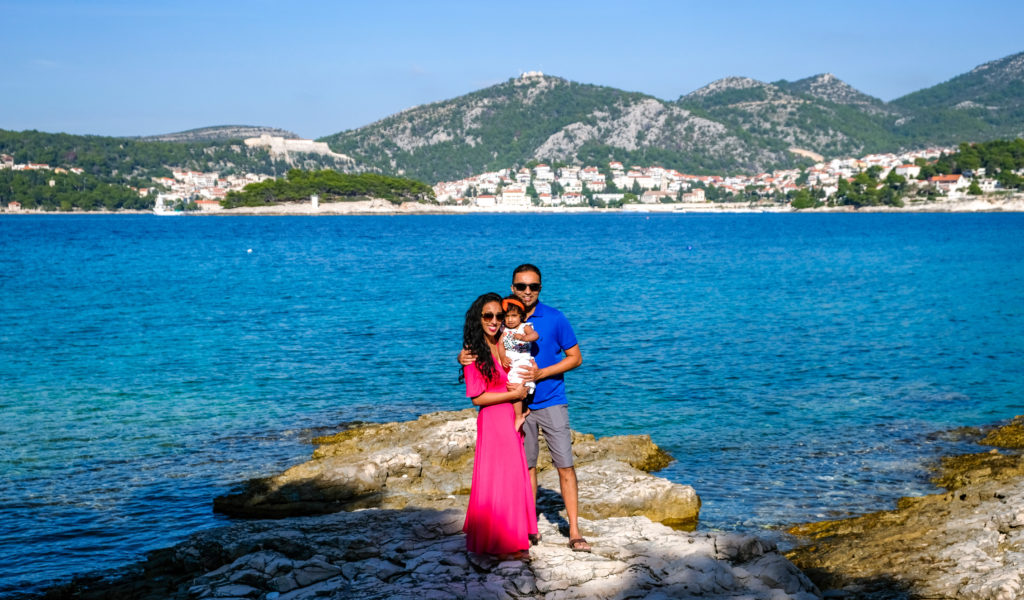
Rocky beach on Jerolim Island
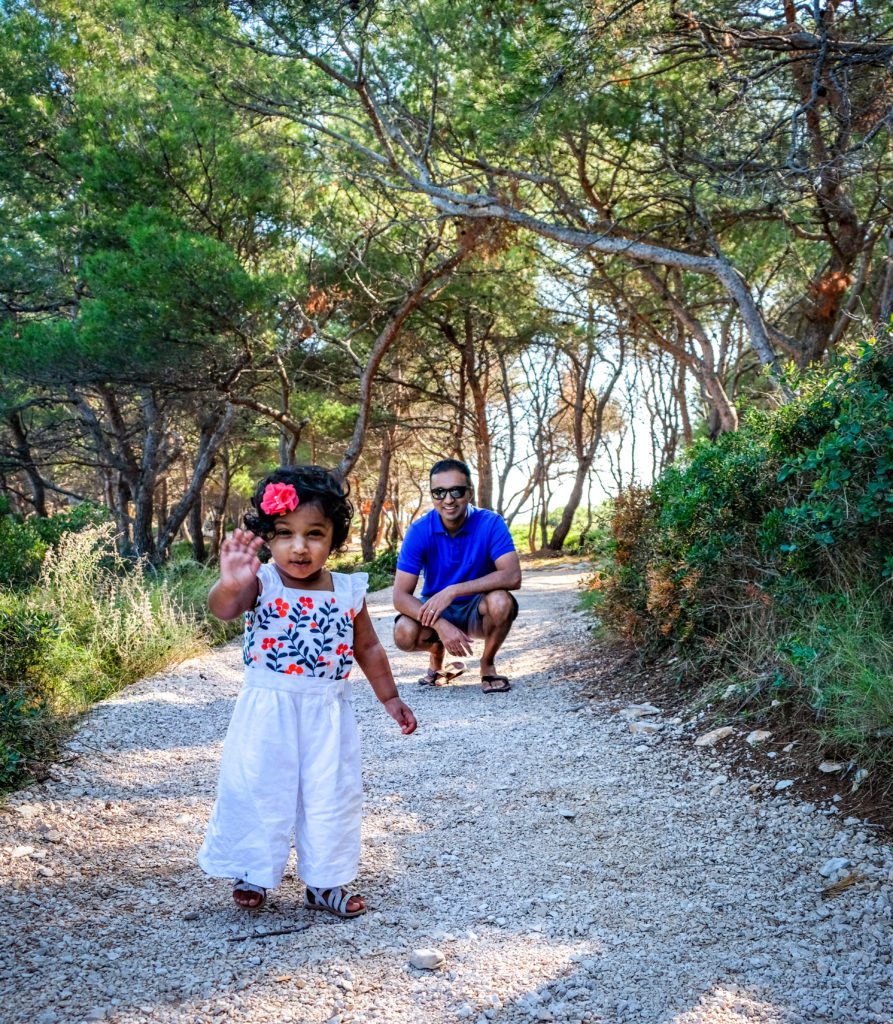
Stop! Nudist beach ahead!
4. Plitvice Lakes
The UNESCO World Heritage Plitvice Lakes are located in central Dalmatia, and one of the most popular day trips from Split. We left our AirBnB early in the morning and arrived at the park entrance after a 3hr drive, ready to explore the lakes and waterfalls.
Plitvice Lakes is a collection of 16 interconnected and stepped lakes, with the highest at over 630m elevation and the lowest at close to 130m. The lakes flow into each other though cascading waterfalls, and the wooden walkways suspended over the lakes offer great views of the falls up close. The waters of the lake are an amazingly clear turquoise, and the net effect of the calm lakes, autumn colored leafy walkways and cascading waterfalls all around made for an almost magical setting.
Although we couldn’t afford the time to hike to both upper and lower lakes, our driver Joseph took us to an amazing lookout off the beaten track for a stunning panorama viewpoint. After enjoying a last glimpse of the magical Plitvice Lakes and waterfalls, we were ready for our long drive back home to Split.
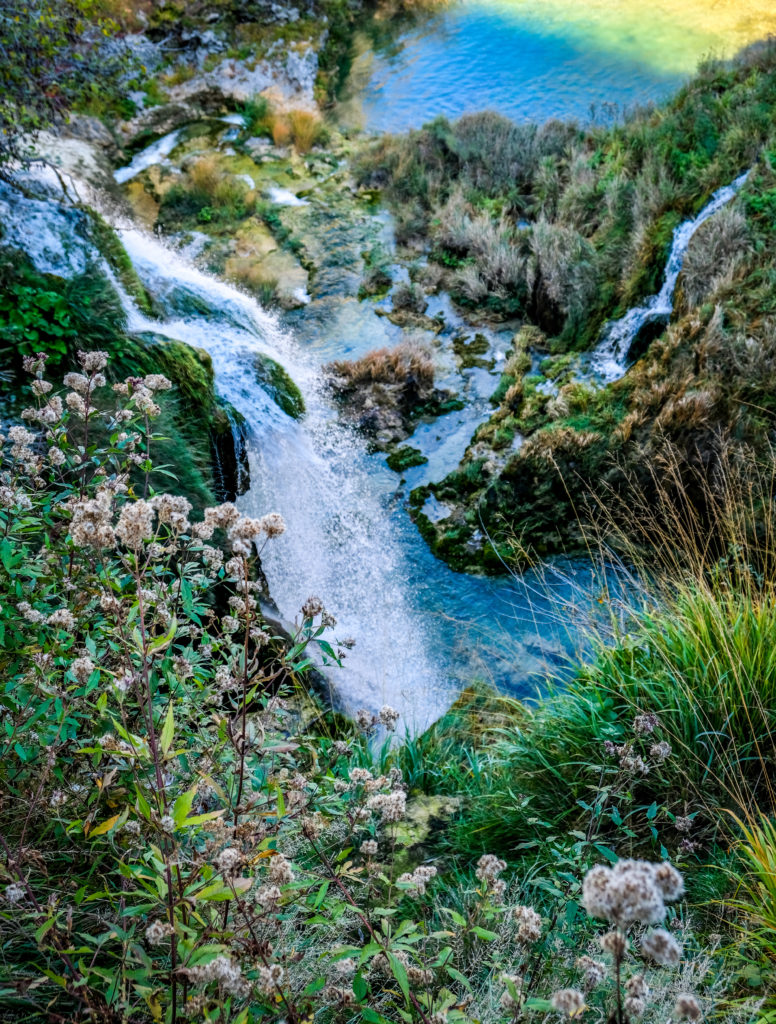
Stunning waterfalls and lakes galore at Plitvice Lakes National Park
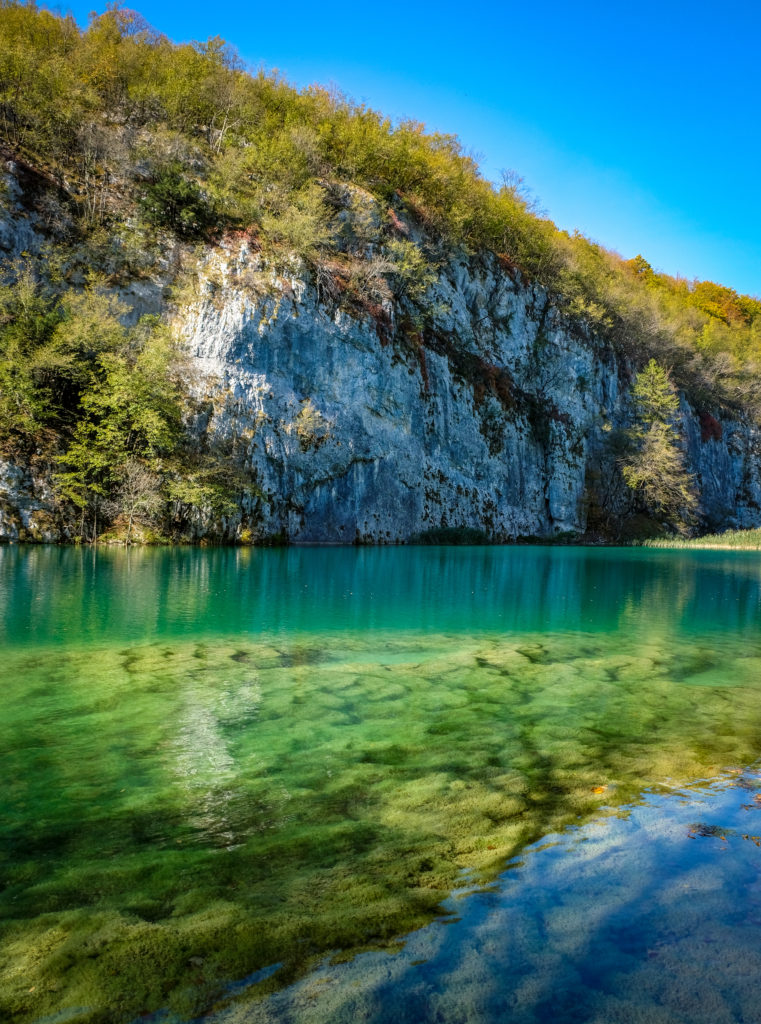
Incredibly clear lake waters

Baby A enjoyed chasing waterfalls in Plitvice Park
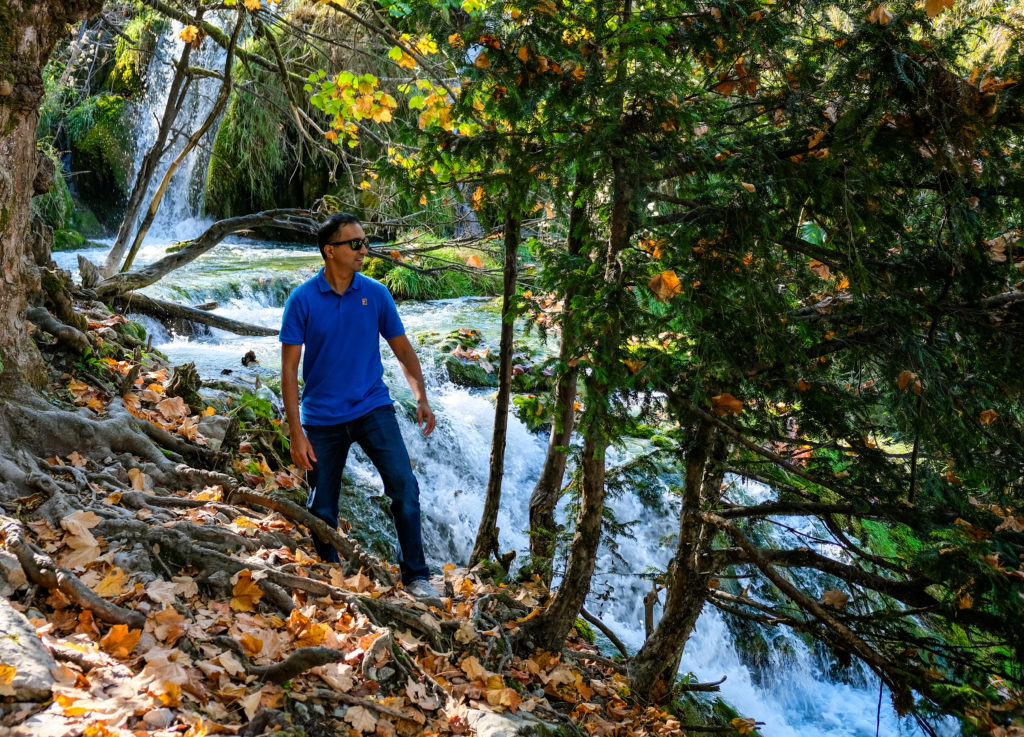
“To jump, or not to jump?”
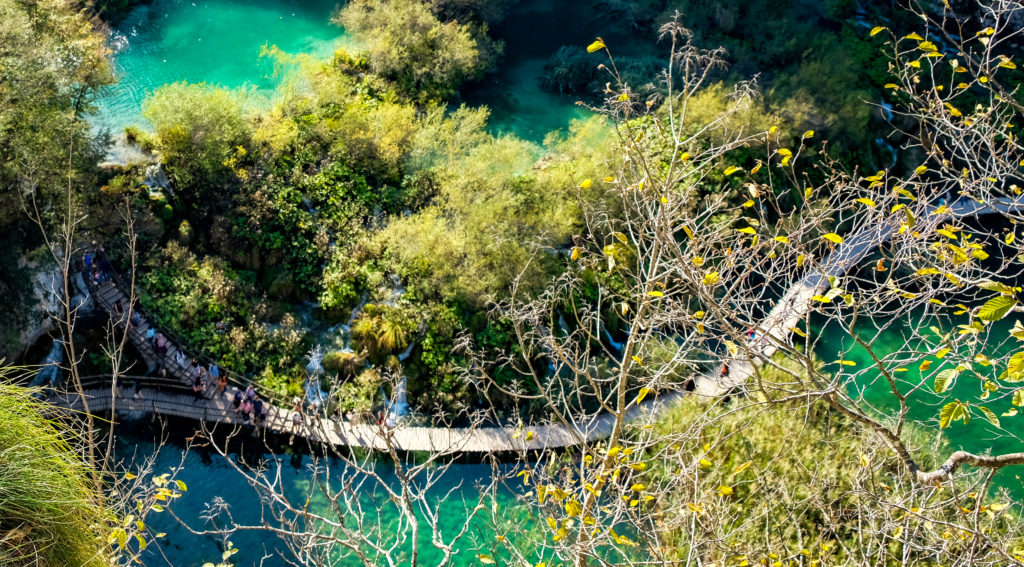
Wooden walkways snake their way around the waterfalls and lakes
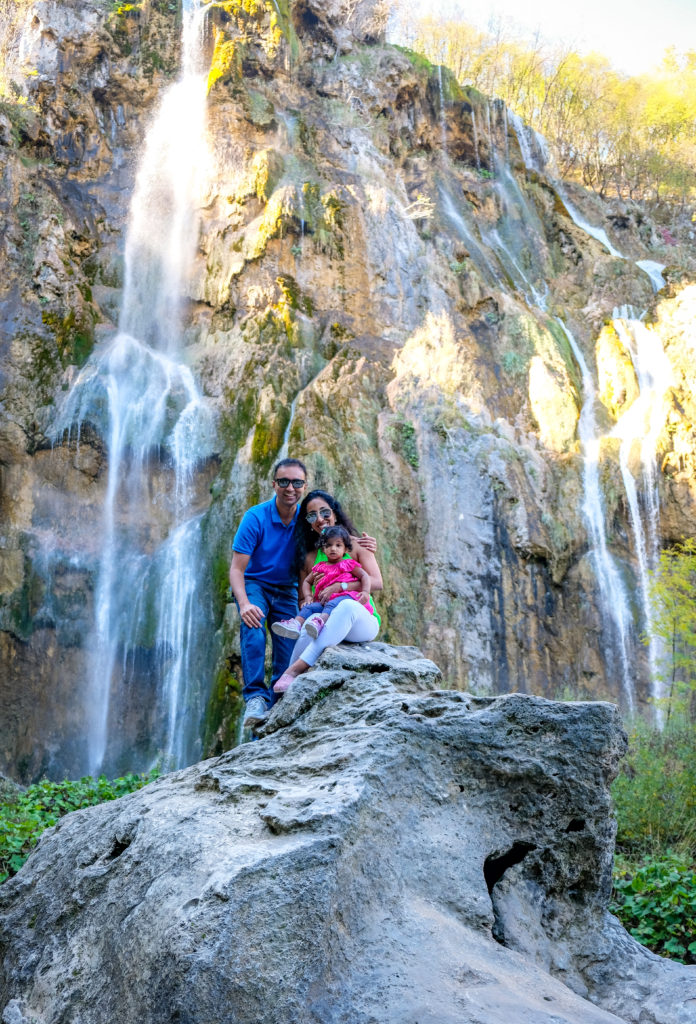
The main ‘great’ waterfall
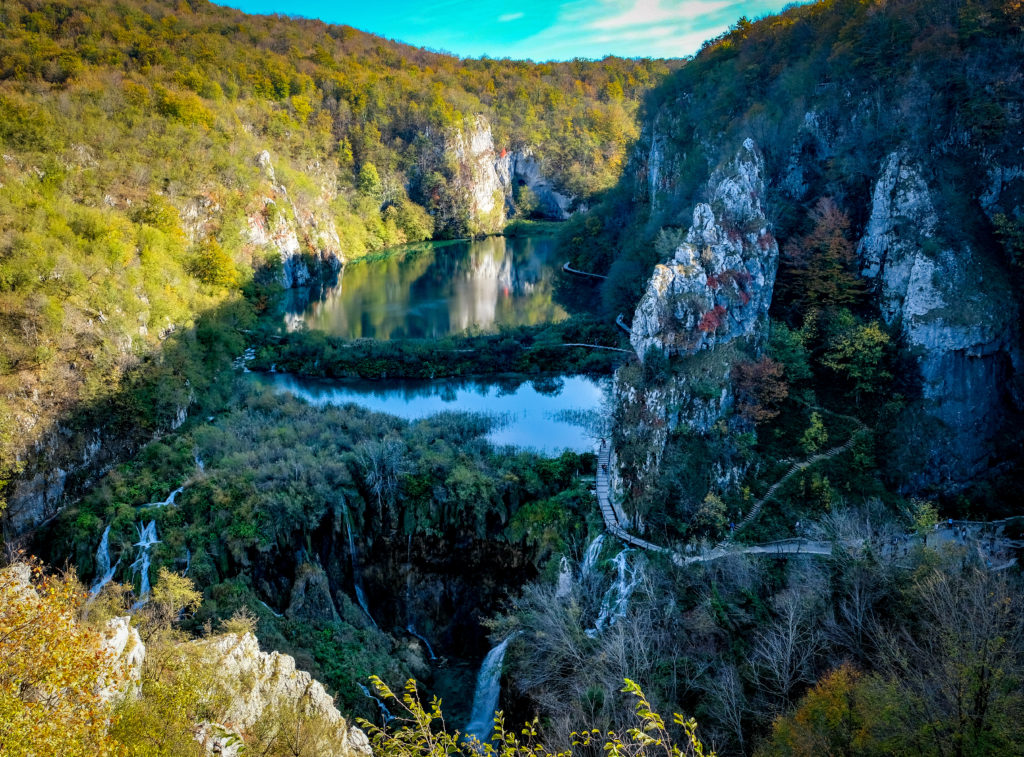
Panoramic view of the lower lakes
5. Day trip to Bosnia and Herzegovina
Instead of heading straight to Dubrovnik from Split, we made a day trip out of it by detouring into neighboring Bosnia and Herzegovina. The highlights of our day trip were a short stop at the Marian pilgrimage site of Medjugorje, and visiting the iconic Stari Most bridge in Mostar. Read more about our day trip here: A Day Trip to Bosnia and Herzegovina.
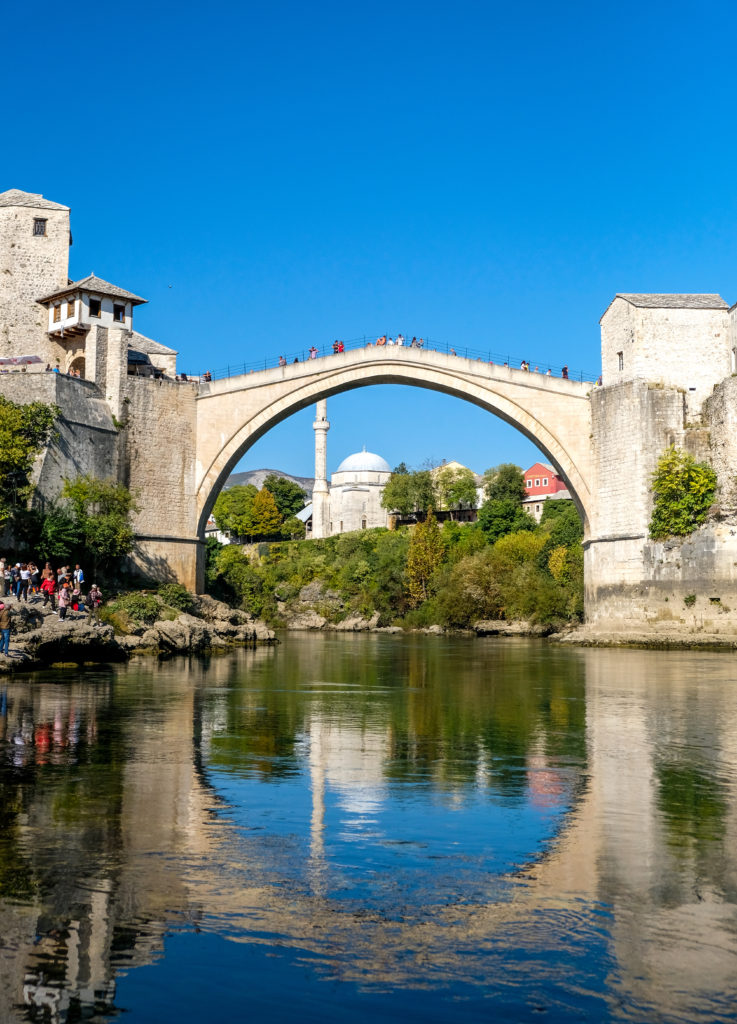
The iconic Stari Most arched stone bridge in Mostar

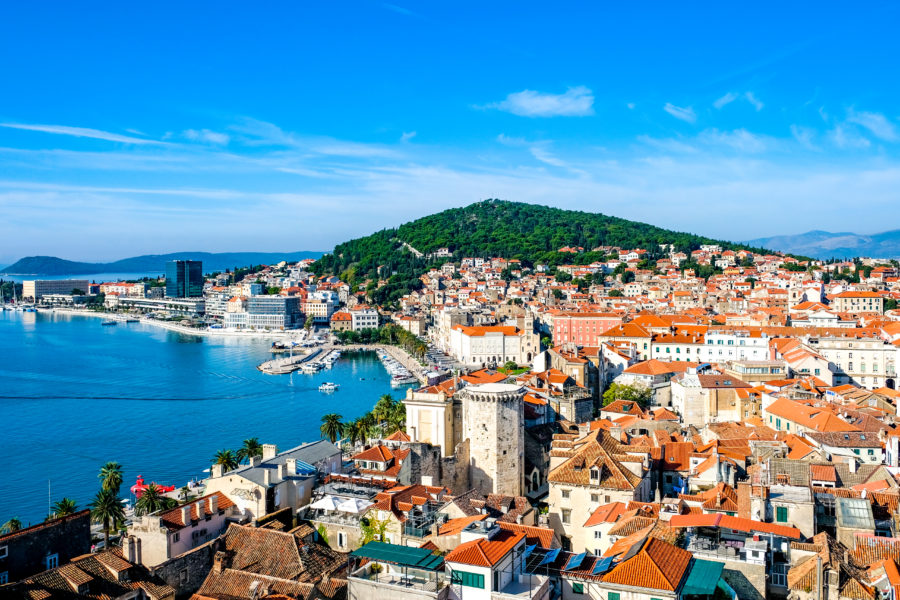
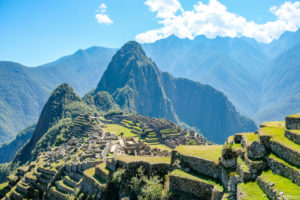
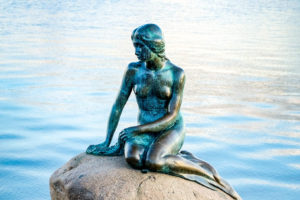
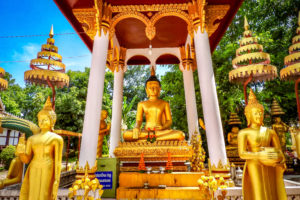




Leave a Reply
Please share your comments below!